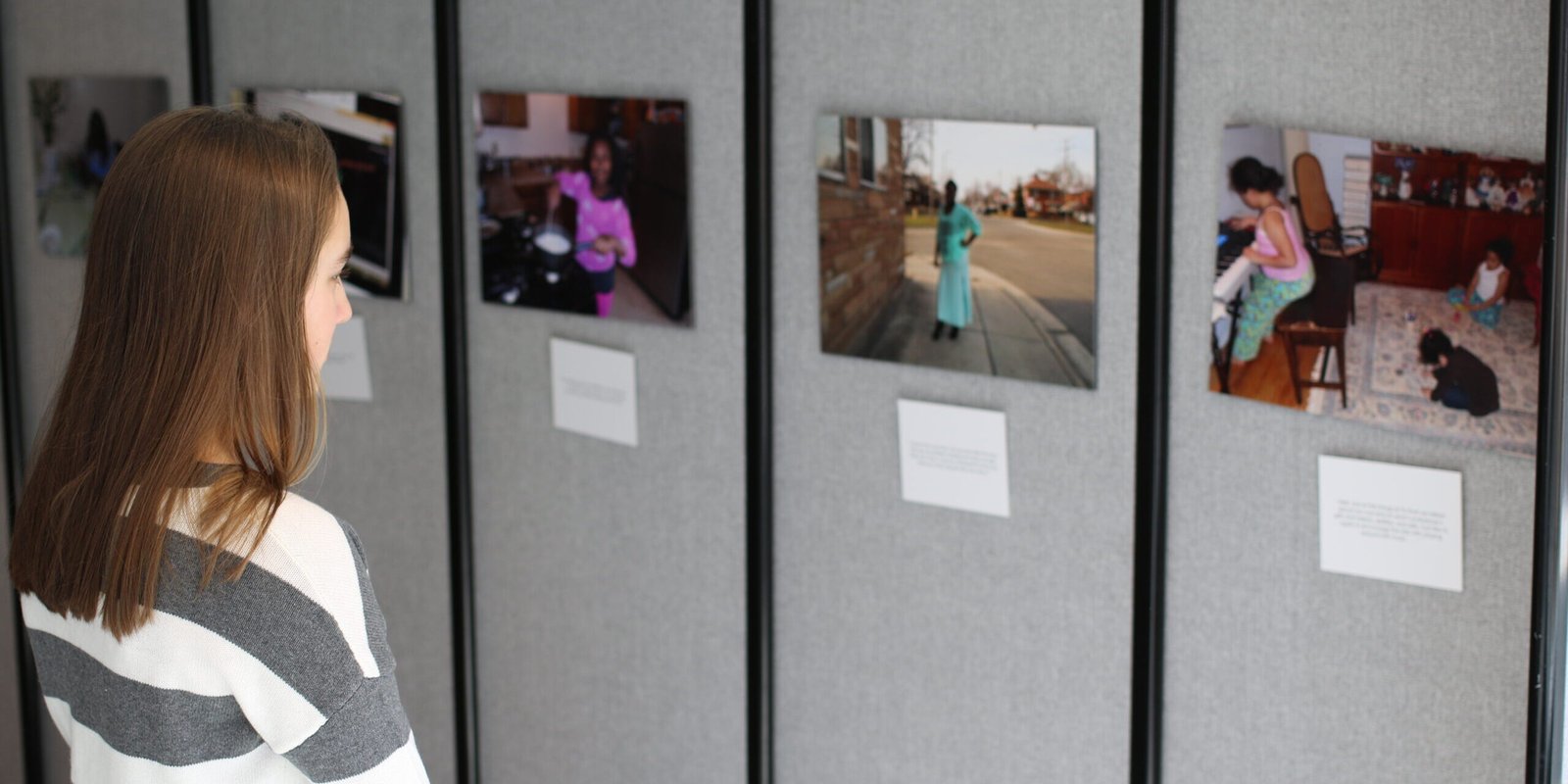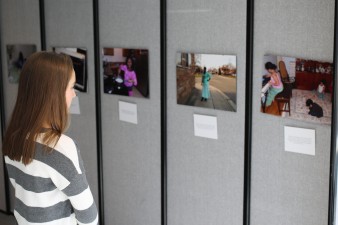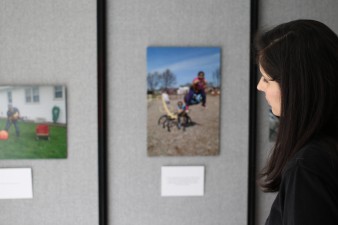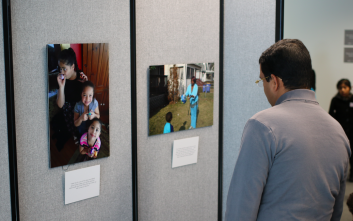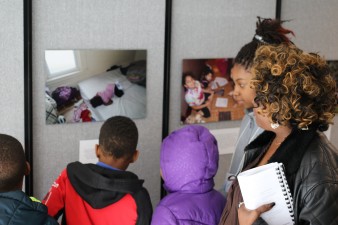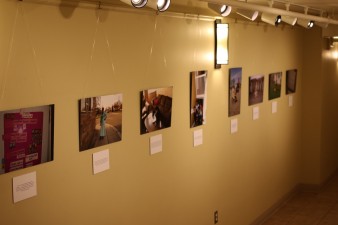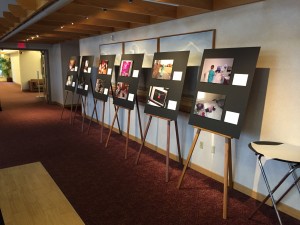Figuring out whether or not a program works poses an interesting challenge. It’s something that leaders often want to do, but the impact of our work is often in the everyday lives of people, and it would be impractical to follow people around all day. In one recent program evaluation, we tackled that challenge using cameras. We gave 7 families digital cameras and asked them to photograph examples of how the program shows up in their daily lives. These photographs were used as prompts in interviews in which family members discussed the story behind their pictures, a technique known as photo elicitation. By asking participants to take and talk about photos, they became partners in the process of evaluation: they showed us what was working, they disclosed the shortcomings of the program, and they envisioned new possibilities. As I sat shoulder-to-shoulder listening to participants, the photos became answers to questions I may never have known to ask.
I have used photo elicitation (PE) on numerous occasions, but I never imagined the images participants produce as being part of an art gallery exhibit. You see, the main goal of PE is to generate new knowledge and while some photos from a project may be included in a report, article, or book, those images are not typically part of a public display. In this project, however, a selection of photos were displayed in a local art museum over a weekend, enabling over 900 program participants to see them and add their insight.
The collection of images has taken on a life of its own: for example, a local church displayed 20 photographs in their art gallery and a similar number of photos lined the walls of the program sponsor’s annual celebration.
Participant-produced photographs are an effective way to collect data about congregations and communities. In analyzing this information, one looks for patterns and themes around which to organize the story being told. Typically, these images are used to tell participants’ stories in reports to congregations and academic writing. Unfortunately, these practices can create information gaps: congregational leaders and academics may benefit from research findings, but the rest of the congregation may never personally interact with these insights and ideas. By presenting photos and captions in a congregational venue (e.g., fellowship hall, lobby, narthex) for all to see, a broader audience is invited into the conversation.

